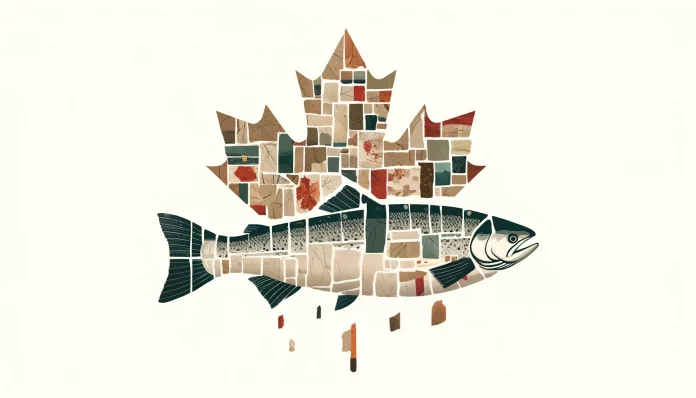The Canadian federal government has released a draft of its plan to transition British Columbia’s salmon farming industry away from open net-pen systems.
The move, which forms part of Canada’s broader strategy to protect Pacific salmon, will see open net-pen farming phased out by June 2029 in favour of closed containment and land-based technologies.
The draft, part of the Salmon Aquaculture Transition Plan, outlines four key areas: support for First Nations, workers, and local communities; economic incentives for adopting clean aquaculture technologies; milestones and criteria for phasing out open net-pens; and the interim management of the existing infrastructure until the ban is fully implemented.
Effective immediately, the plan requires all new salmon aquaculture licences to incorporate closed containment technologies, as part of a shift to more sustainable practices.
The Canadian government said the initiative reflects its commitment to environmental stewardship, economic innovation, and reconciliation with First Nations, many of whom have raised concerns over the impact of net-pen farming on wild salmon stocks and coastal ecosystems.
This initiative follows significant investment in Pacific salmon recovery efforts, including a C$686 million commitment to the Pacific Salmon Strategy Initiative, launched in 2019.
The government has also entered into a trilateral agreement with First Nations and the British Columbia government to address the decline in wild salmon populations, signalling the importance of collaboration in managing the transition.
Key to the plan is the engagement of coastal communities and First Nations, who will play a central role in shaping the transition. The Canadian government emphasised the importance of ensuring economic resilience and cultural sensitivity as it works to implement the changes, with a dedicated interdepartmental task force coordinating efforts across multiple government levels.
The federal government will also work with provincial authorities and First Nations to streamline the licensing of new closed containment systems, providing regulatory clarity and encouraging investment in innovative aquaculture technologies.
This policy shift is seen as a transformative step for the region’s marine economy, with industry observers watching closely as Canada seeks to balance environmental concerns with economic sustainability in its coastal communities.


